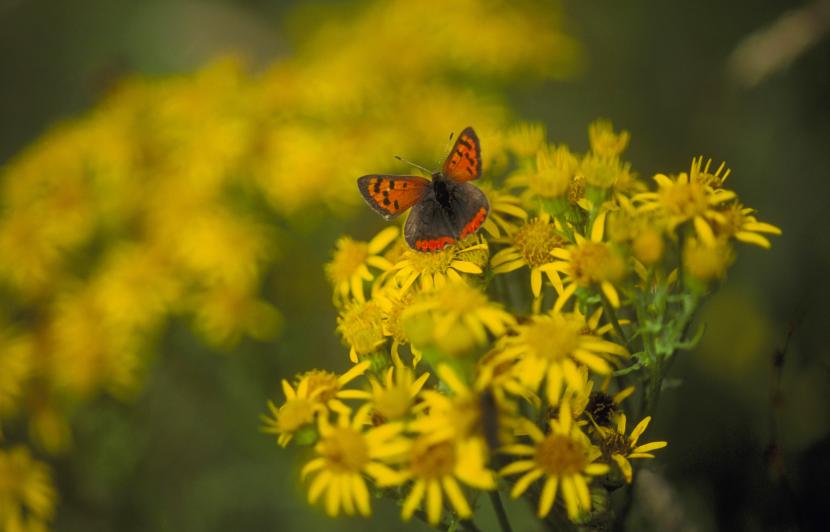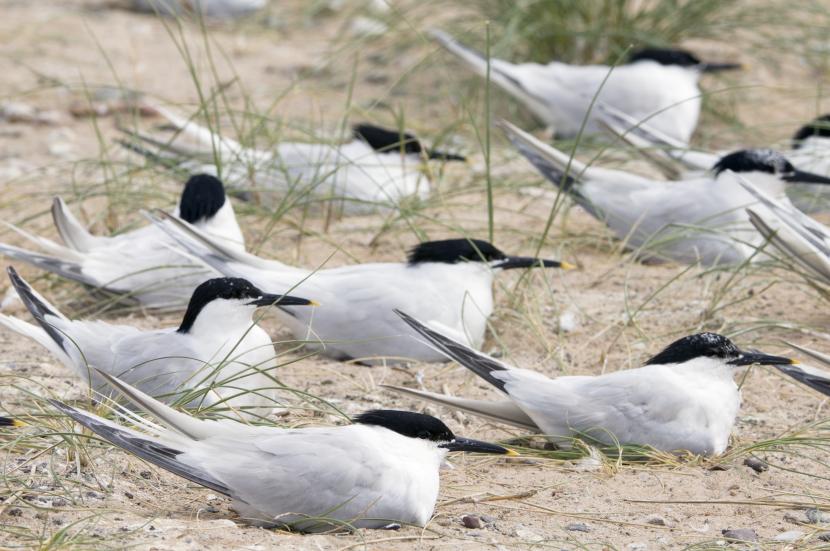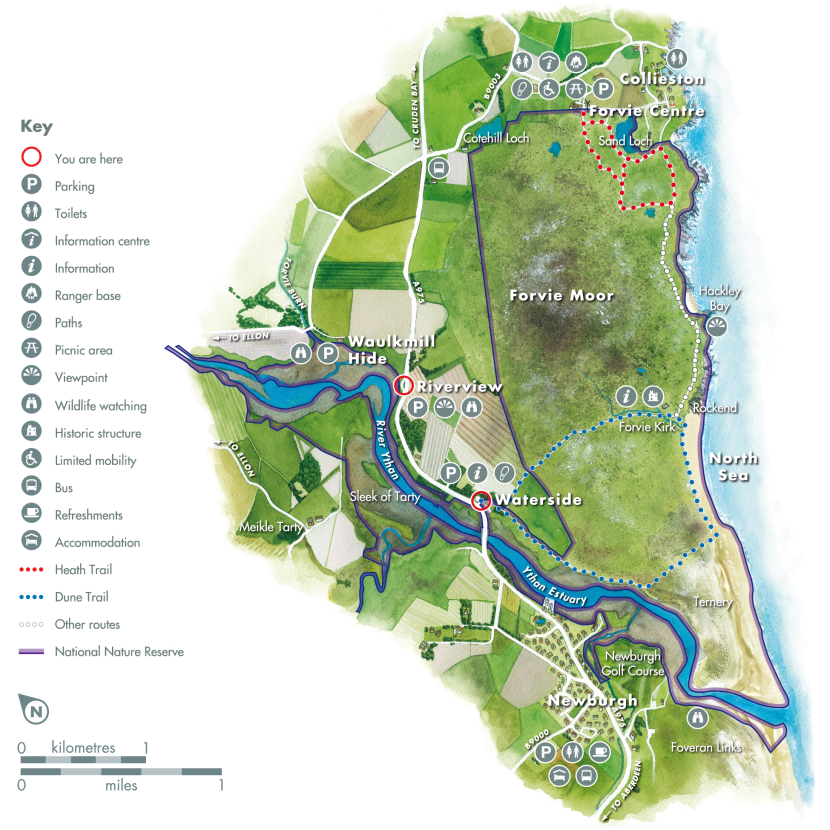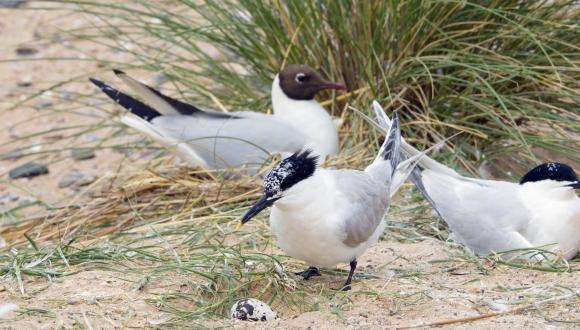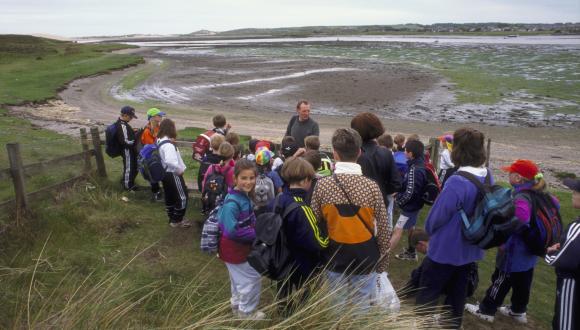Forvie NNR - visiting the reserve leaflet
Welcome to Forvie National Nature Reserve, managed by NatureScot
Shifting sands blown into towering dunes, a wide estuary of mudflats, open heathland dotted with summer orchids, a home to thousands of birds. Forvie is one of Scotland’s most dramatic stretches of coast. The wind and the tide are in charge here, and it’s a great place to blow the cobwebs away!
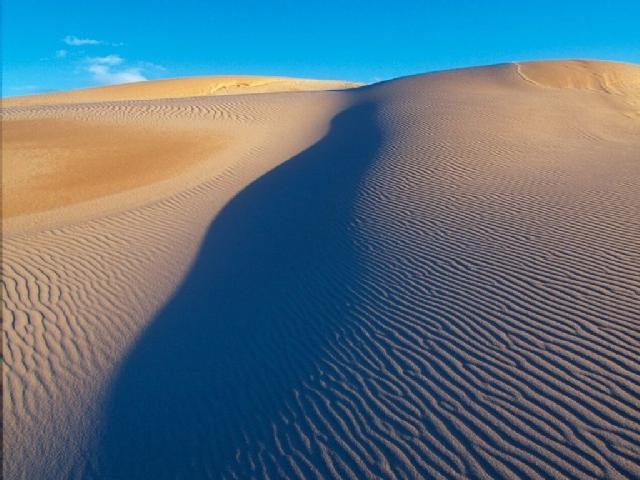
Dune landscapes are amazing places, and Forvie is one of the largest, most natural dune systems in the country. The great waves of sand change constantly, moved by the wind and tide. Where tussocks of marram grass take hold, their roots bind the shifting grains. Gradually, flowering plants and low shrubs cover this more stable ground, creating coastal heathland: another environment for which Forvie is one of the best sites in Scotland. In summer the heath is covered in jewel-like wild flowers.
The heathland flowers are wonderful for moths and butterflies like the dark green fritillary. Only the under sides of its wings are green: you’re more likely to see the colourful orange top sides, patterned like intricate stained glass. They’re around between June and August.
Forvie’s other special environment is the wide estuary of the river Ythan. Like the dunes, it’s one of the most natural examples of this habitat in Britain. The mudflats and saltmarsh are full of shellfish and worms, making the estuary a vital winter food source for birds like redshank and shelduck. Watch for them from the Waulkmill Hide or the Riverview car park. In spring and summer, you might see flocks of eider ducks on the water and delight at their wooing sounds.
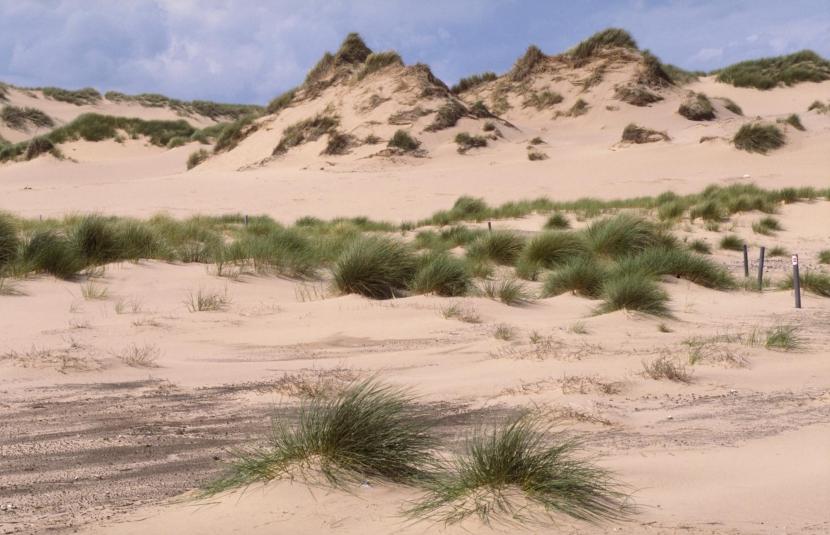
Resting seals hauled out at the mouth of the river are best enjoyed from the opposite shore, near Newburgh golf course. A short walk onto the beach here allows you to enjoy watching the seals, while their curious faces watch you from the water.
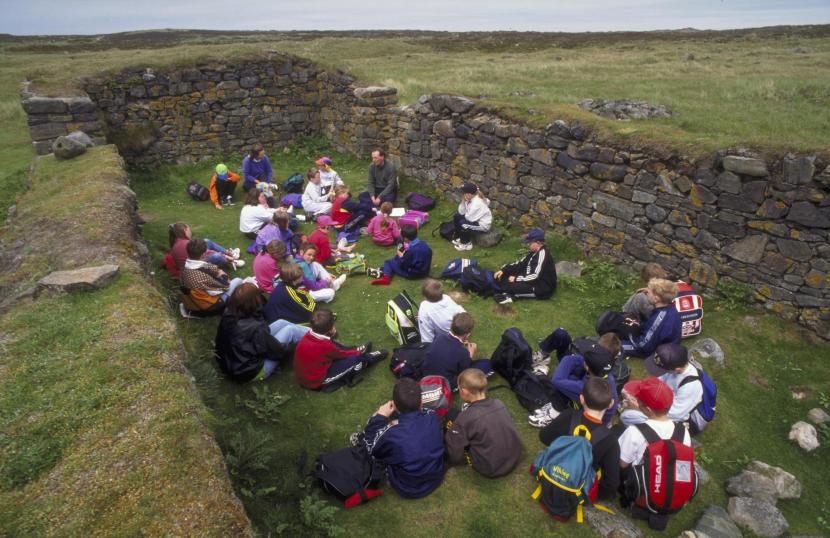
Stone Age and Bronze Age people lived and hunted here before the sands came. Among the dunes there are traces of their lives, like the mounds of shells or middens they left behind. Later, a small village stood just inland from the coast at Rockend. It was swallowed by the dunes sometime in the 1400s: now only congregations of walkers meet in the ruins of the kirk.
But if the shifting sand makes it difficult for people to live here, it’s great for birds. Forvie has the largest breeding population of sandwich terns on Scotland’s east coast: they nest in their hundreds in the dunes near the sea. These elegant birds have an enchanting courtship ritual, with the male offering fish to the female. We take special care to protect their nests from foxes, and keep the nesting area as a sanctuary while the birds are there.
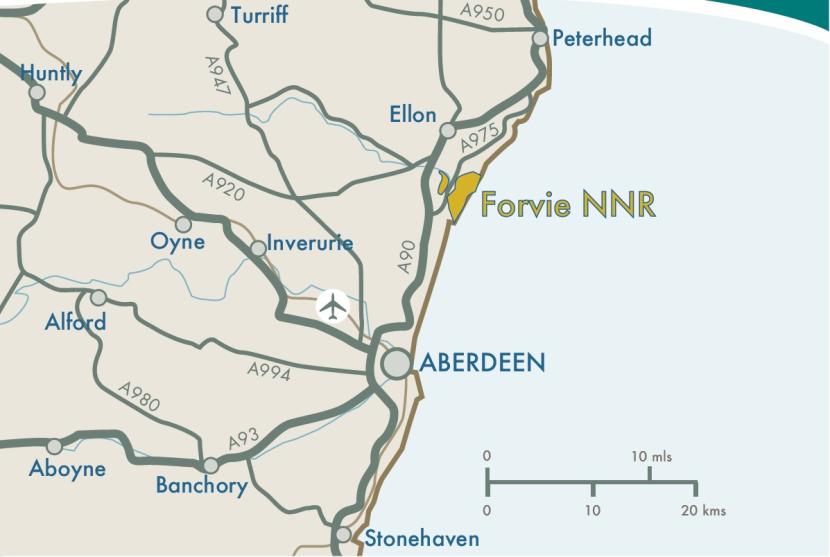
Waterside car park is 1.5 miles / 2.5km north of Newburgh on the A975. The Forvie Centre is 3.4 miles / 5.5km further north, just outside the village of Collieston. There is a frequent bus service between Aberdeen and Peterhead via Cruden Bay. Contains Ordnance Survey data © Crown copyright and database right 2021
Need to know
Please follow the requests on any signs you see. During bird nesting season (April to August) do not enter the Ternery area and keep your dogs under close control, especially at the Ythan Estuary. Keep your distance from seals allowing them to rest all year round.

Find out more
- Tel 01358 751 330 or email nnr@nature.scot
- Support this NNR at nature.scot/donate-nnr
- Follow @forvieNNR on social media
Reserve map
Trails
Sand Loch Trail
Heath Trail
Dune Trail
Cliff Trail via Hackley Bay
